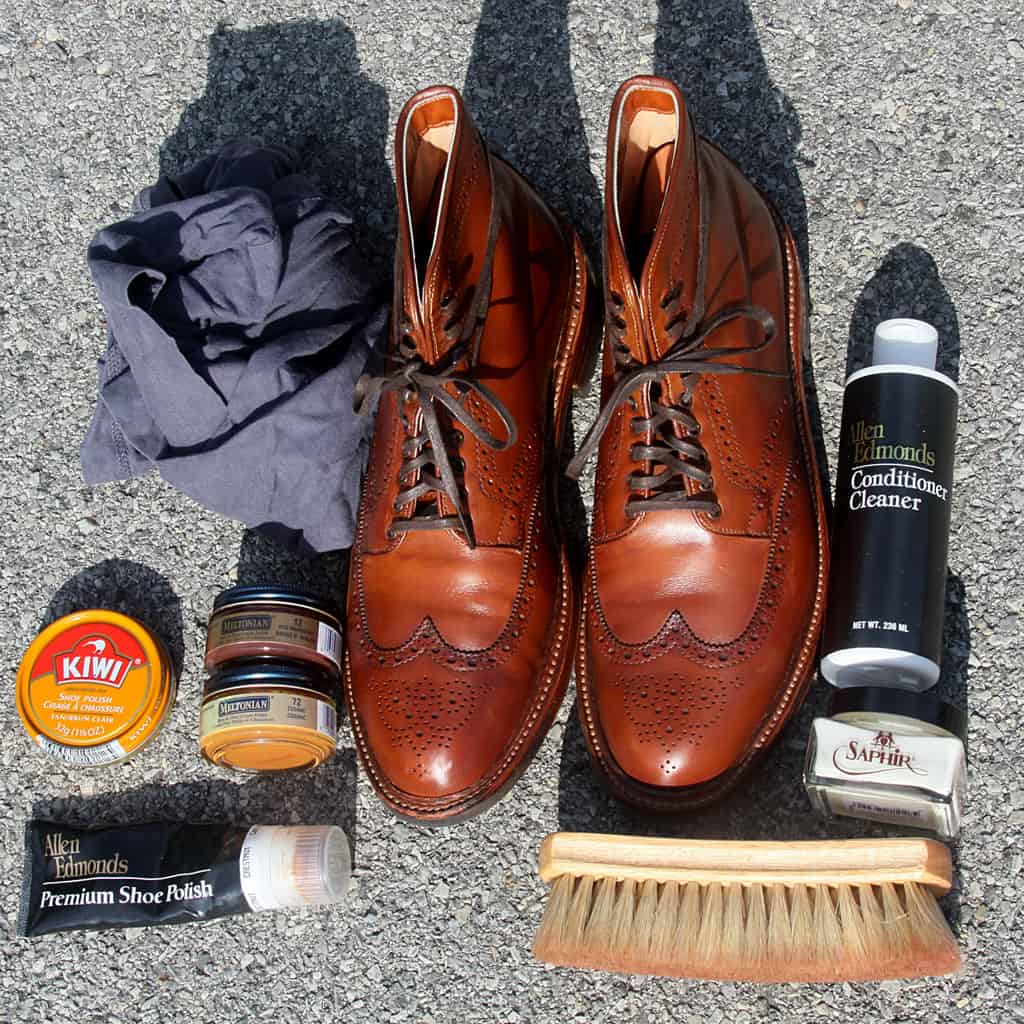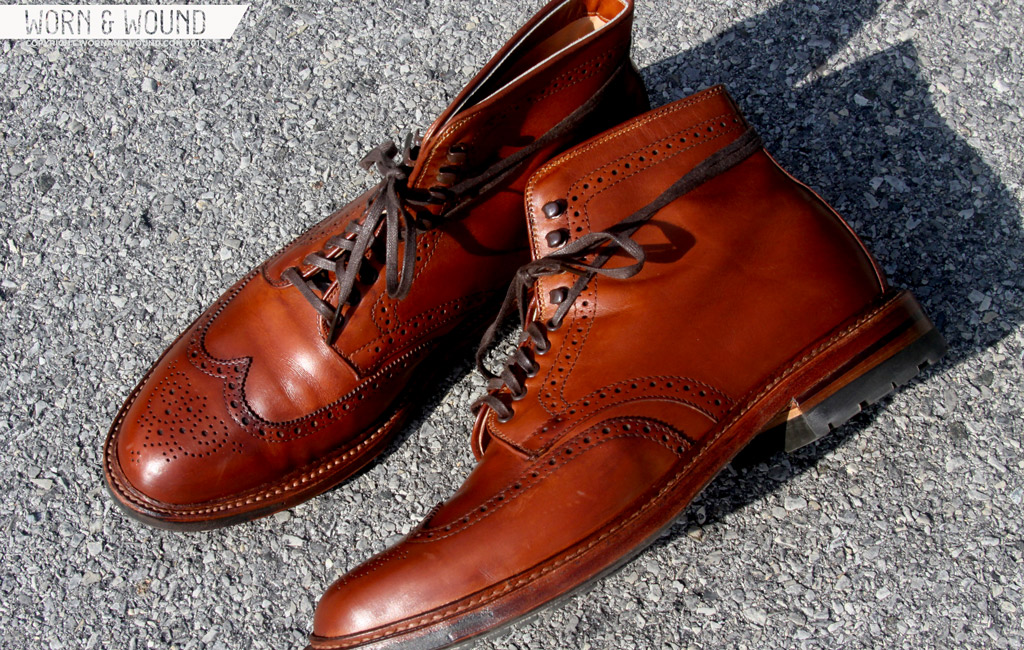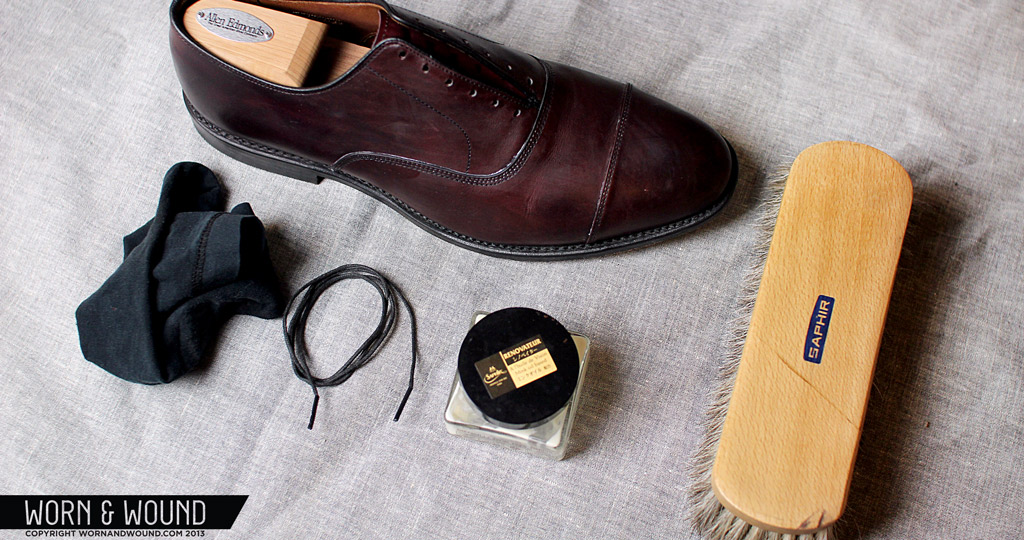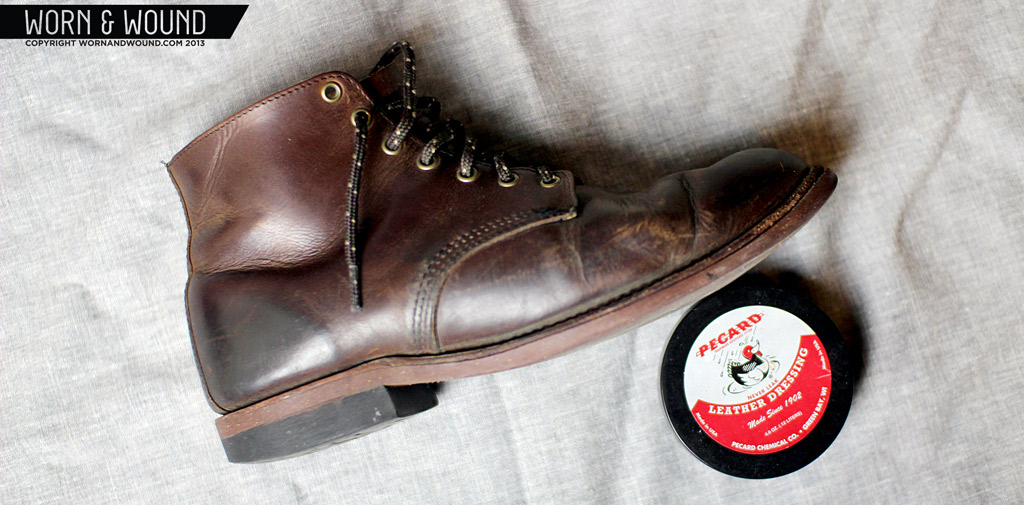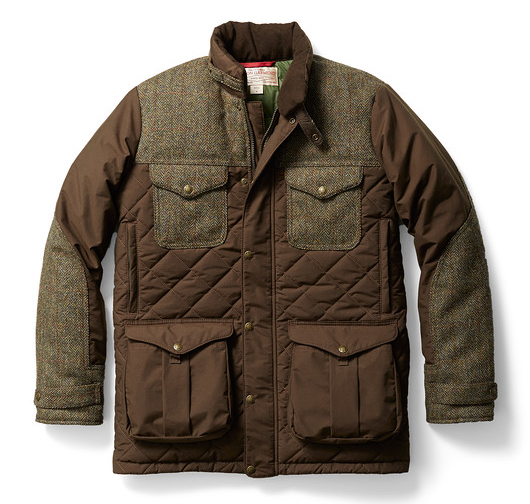Patina is a word that watch lovers have come to know well. Whether it’s a beautifully aged dial with peach colored tritium markers or the tasteful oxidation of a bronze case, the unavoidable wear and tear that comes with wearing a watch daily has become an object of desire for some collectors. The patinated look has grown in popularity in recent years, with brands all across the watch market, from Steinhart to Panerai, offering pieces sporting vintage-colored lume and bronze-cased versions of popular models.
But patina is not solely relegated to dials and metal. Leather also has a wonderful capacity for patination, especially if it’s of the high quality variety. Unfortunately, most of the mass-market leather goods produced today are made from cheap, thin, and often poorly dyed leather, and are likely to fall apart before they ever get a chance to develop a patina. If you’ve owned a wallet where the leather pealed or cracked in under a year, then you know exactly what I mean. That’s because most leather goods are made using top-grain or corrected-grain leather, where the top layer has been buffed down to remove imperfections. Manufacturers do this because it allows them to use imperfect hides since this process ultimately creates an even finish. Unfortunately, this process also produces a weaker and more “generic” looking leather with diminished longevity, since the layer buffed away is also the strongest part of the hide.
But all hope is not lost. There are still companies out there dedicated to bringing you high quality wares, from belts (Filson, Tanner Goods) to wallets and bags (Makr, Saddleback Leather). These companies use full-grain leather, which unlike top-grain and corrected grain, has kept intact that desired top layer. Full-grain leather thus retains its natural grain, offers greater breathability and longevity, and will develop a beautiful patina over time.
But this article isn’t just about leather and patina in a broad sense, not entirely anyway. I’d like to focus this piece on an integral part of a man’s wardrobe that should be given the same consideration watch lovers give when deciding what timepiece to wear in the morning: shoes.
As the old adage goes, “shoes make the man.” Though an overstatement, it’s hard to deny that the right pair of shoes can elevate a man’s outfit and turn heads. I’m not talking about those shiny square-toed monstrosities some men seem to be so fond of, but a pair of classic Goodyear welted shoes made with full-grain leather. Google Alden and Crockett & Jones for some stylish examples, or Allen Edmonds for a similar look with an easier to swallow price tag. Now, I’m sure some of you might balk at spending $300 or more on a pair of shoes, but the price difference between a pair from Allen Edmonds and a pair from Kenneth Cole or Aldo (purveyors of the ever popular shiny square-toed laceup) is actually quite reasonable. Whereas shoes from Aldo and Kenneth Cole are basically disposable, with their cement construction (the sole is glued to the upper) and plastic-like corrected grain leather, a high-quality pair of shoes can easily last a decade if maintained properly. If you don’t believe me, do a quick Ebay search for Florsheim shoes dating back to the 60s and 70s. You’ll be amazed to see how great some of those shoes look 40 to 50 years later.
Like a watch, however, a fine pair of shoes need to be cared for, though the maintenance is simple enough. I’ve included below a basic list of rules to follow that will help extend the life of your shoes and develop a beautiful patina:
1) Shoe trees should go in after every wear to help maintain the shape and draw moisture out of the leather. Do not wear the same pair two days in a row, as the leather needs to recover. Similarly, shoes soaked through after a downpour should be stuffed with newspaper and allowed to dry for several days away from a heat source, as heat can cause the leather to dry out and crack. Once the shoes are dried, they should be conditioned (see below).
2) If exposed to road salt, shoes should be wiped down with a wet cloth. Salt can wreak havoc on a pair of shoes, regardless of quality.
3) Periodically moisturizing the leather is crucial, as conditioners, creams, and waxes help maintain the leather and protect it from the elements. The simplest procedure is to first clean the shoes with a moist cloth, removing as much dirt and grime as possible. After the shoes dry, apply an even coat of leather conditioner (Saphir Renovateur, Allen Edmonds Conditioner/Cleaner) to keep the leather hydrated and pliable. Once the shoes soak in the conditioner, apply a colored cream or wax to maintain the color of the leather, brush away any excess with a horsehair brush, and buff to a shine with a cotton cloth. It’s that simple.
4) Become best friends with an experienced cobbler because, just as a talented and capable watchmaker can do wonders for a watch, a cobbler can extend the life of your shoes with a resole (Goodyear welted shoes make this process a cinch because the sole is stitched to a strip of leather attached to the leather uppers called a welt, and not directly to the uppers). This means that your pair of shoes has not just one lifetime, but many.
Over time, a combination of natural wear and maintenance will give your shoes a beautiful, individualized patina. But for those of you with very little patience and a passion for do-it-yourself projects, there is a way to facilitate this process. When taking care of your shoes, the general procedure is to use a wax or a cream that matches the color of the shoes. However, by applying a dab of darker colored creams here and there, you can achieve some interesting depth in the color of the leather. The key is not to overdo it and to experiment with small amounts to see what creates a look that is to your liking.
So go take a look in your closets. If your footwear is not up to snuff, go out, get fitted for a great pair shoes and start working on that patina. Your feet deserve the same quality your wrists receive.
by Ilya Ryvin









 Featured Videos
Featured Videos




